
A Comprehensive Guide to Different Types of Diamonds
Introduction

Diamonds, the most coveted gemstones, come in various shapes, sizes, and qualities. When purchasing jewellery, understanding the different types of diamonds is essential to make an informed decision and ensure the best value for your investment. With a diverse range of diamonds available, knowing what sets them apart is vital in selecting the perfect piece to suit your preferences and budget.
What Are Diamonds?
Diamonds are a form of carbon, one of the most abundant elements in the universe. They are formed deep within the Earth's mantle under extreme heat and pressure over a period of billions of years. The unique combination of these conditions causes carbon atoms to arrange themselves in a highly structured, crystalline lattice. This atomic structure results in the exceptional hardness, brilliance, and optical properties of diamonds, making them highly desirable for jewellery and industrial applications.
The history of diamonds in jewellery dates back thousands of years, with the earliest recorded use of diamonds as adornments in ancient India. Over time, diamonds have become a symbol of wealth, power, and enduring love, with their unmatched beauty and durability making them the perfect choice for engagement rings, wedding bands, and other sentimental pieces of jewellery.
The Diamond Classification System
Diamonds are broadly classified into two main categories: Type I and Type II, based on their chemical composition and properties. Understanding the differences between these categories is crucial in determining a diamond's quality and value.
Type I diamonds contain small amounts of nitrogen atoms in their crystal lattice, which can affect their optical properties. These diamonds account for approximately 98% of all natural diamonds. Within the Type I category, further classification is made based on the distribution of nitrogen atoms. Type Ia diamonds have nitrogen atoms clustered together in groups, while Type Ib diamonds have nitrogen atoms dispersed throughout the crystal lattice. Type Ia diamonds are more common than Type Ib diamonds, which are known for their intense yellow or brown colours.
Type II diamonds, on the other hand, contain little to no nitrogen. They make up only about 2% of natural diamonds. This category is further divided into Type IIa and Type IIb diamonds. Type IIa diamonds are almost entirely devoid of nitrogen, giving them exceptional purity and often higher value. These diamonds can be colourless, pale yellow, or even exhibit rare colours like pink and red. Type IIb diamonds contain trace amounts of boron, which imparts a unique blue hue to these rare stones.
By understanding the diamond classification system, you can better appreciate the subtle differences between diamonds and make more informed choices when shopping for jewellery.
Understanding the Four Cs of Diamond Quality
In the world of diamonds, the Four Cs – Cut, Colour, Clarity, and Carat – are the primary factors that determine a diamond's value and appearance. These criteria, established by the Gemological Institute of America (GIA), provide a standardised system for evaluating and comparing diamonds, making it easier for buyers to make informed decisions.
Cut refers to the proportions, symmetry, and polish of a diamond. A well-cut diamond ensures maximum light reflection and brilliance, making it more visually appealing. The cut quality is graded from Excellent to Poor, with the highest grade representing the best balance of light performance and beauty.
Colour in diamonds is assessed based on the absence or presence of any hues, with the exception of fancy coloured diamonds. The GIA colour grading scale ranges from D (colourless) to Z (light yellow or brown). Colourless diamonds are considered the most valuable, while diamonds with noticeable colour may be less desirable.
Clarity measures the presence of natural inclusions or blemishes within or on the surface of a diamond. Clarity grades range from Flawless (no inclusions or blemishes visible under 10x magnification) to Included (inclusions and/or blemishes visible to the naked eye). A higher clarity grade indicates a cleaner diamond with fewer imperfections, which can positively impact its value and appearance.
Carat is the unit of weight for diamonds, with one carat equal to 0.2 grams. Larger diamonds are generally more valuable, but it's essential to consider the other Cs when evaluating a diamond's worth. A larger carat weight does not guarantee a more beautiful or valuable diamond if the cut, colour, and clarity are not optimal.
By understanding the Four Cs, you can better evaluate different types of diamonds and make educated decisions when purchasing jewellery.
Exploring Diamond Shapes
Diamonds come in various shapes, each offering unique characteristics and aesthetics. Some of the popular diamond shapes include round, oval, princess, emerald, heart, pear, cushion, and marquise. These shapes differ in their appearance, light performance, and other factors, making each of them distinct and appealing in their own way.
Round diamonds are the most classic and sought-after shape, known for their exceptional light performance and timeless elegance. They account for the majority of diamonds sold today, thanks to their versatile and universally flattering style.
Oval diamonds offer a modern twist on the traditional round shape, with an elongated silhouette that can create an illusion of greater size and elongate the fingers when worn in a ring. This shape is known for its excellent light performance and unique appearance.
Princess cut diamonds are square or rectangular in shape, with sharp corners and a contemporary look. They are prized for their brilliance and versatility, making them a popular choice for engagement rings and other jewellery pieces.
Emerald cut diamonds feature a rectangular shape with step-cut facets and cropped corners, offering a vintage-inspired look with a focus on clarity. The large, open table of this shape makes inclusions more visible, so selecting a high-clarity diamond is essential for this cut.
Heart-shaped diamonds are a romantic and distinctive choice, with a symmetrical shape resembling a heart. While not as common as other shapes, they are a beautiful option for those looking to make a sentimental statement.
Pear-shaped diamonds combine the brilliance of round diamonds with the elongated elegance of marquise diamonds, forming a teardrop shape. This versatile shape is well-suited for various jewellery styles, including rings, pendants, and earrings.
Cushion cut diamonds feature a square or rectangular shape with rounded corners and large facets, resembling a pillow. This shape is known for its soft, romantic appearance and exceptional fire, making it a popular choice among vintage lovers.
Marquise diamonds are elongated and pointed at both ends, creating a striking and unique appearance. This shape maximizes carat weight, often appearing larger than other shapes of the same weight, and can create a slimming effect on the fingers when worn in a ring.
By understanding the differences between various diamond shapes, you can better appreciate their individual characteristics and select the perfect shape that best suits your personal style and preferences.
Diamond Origins: Natural vs Lab-Grown Diamonds
When it comes to diamond origins, there are two primary sources: natural and lab-grown diamonds. Both types of diamonds have their unique characteristics, making them appealing to different buyers based on their preferences and values.
Natural diamonds are formed deep within the Earth's mantle over billions of years under extreme heat and pressure. These diamonds are often associated with exclusivity and rarity, as they require unique geological conditions for their formation. However, the mining of natural diamonds can have significant environmental and social impacts, leading to concerns about the sustainability and ethics of this industry.
Lab-grown diamonds, on the other hand, are created using advanced technology that replicates the natural diamond formation process in a controlled environment. These diamonds have the same chemical composition and physical properties as natural diamonds, making them virtually indistinguishable to the naked eye. The benefits of lab-grown diamonds include their lower cost, as they are generally more affordable than natural diamonds, and their reduced environmental impact, as they do not require mining.
VARNIYA, a trusted jeweller in India since 1900, offers a collection of Clearly Good Diamonds, which are lab-grown diamonds that provide a practical and sustainable alternative to mined diamonds. By choosing lab-grown diamonds from VARNIYA, you can enjoy the beauty and durability of diamonds while making a responsible choice for the environment and your budget.
Diamond Colour
Colour plays a significant role in the diamond classification system, as it greatly influences a diamond's value and appearance. Diamonds are graded based on the presence or absence of hues, with colourless diamonds being the most valuable and sought-after. The Gemological Institute of America (GIA) colour grading scale ranges from D (colourless) to Z (light yellow or brown), with each grade representing a different level of colour saturation.
Common diamond colours include colourless, near colourless, faint yellow, and very light yellow. These colours can impact a diamond's value, as diamonds with less noticeable colour are generally more desirable. However, diamonds with noticeable colour may still be valued for their unique appeal and character.
In addition to the standard diamond colours, there are also fancy coloured diamonds, which exhibit rare and unique hues such as blue, green, pink, and red. These diamonds are highly sought after due to their rarity, often commanding premium prices in the market. The unique appeal of fancy coloured diamonds makes them a popular choice for those looking for a distinctive and eye-catching piece of jewellery.
Conflict-Free Diamonds
Conflict-free diamonds play a crucial role in ethical jewellery sourcing. These diamonds are mined and traded in a manner that adheres to strict labour, environmental, and human rights standards, ensuring that the diamond industry does not contribute to violence, exploitation, or environmental degradation. By purchasing conflict-free diamonds, consumers can support responsible mining practices and contribute to a more sustainable and ethical jewellery market.
VARNIYA, a trusted jeweller in India since 1900, is committed to offering conflict-free diamonds in their collection. The company ensures that their diamonds are sourced from reputable suppliers who adhere to the Kimberley Process Certification Scheme, an international initiative aimed at preventing the trade of conflict diamonds. By choosing VARNIYA, customers can trust that their jewellery is not only beautiful and high-quality but also ethically sourced and conflict-free.
Diamond Certifications
Diamond certifications play a crucial role in verifying the quality and authenticity of diamonds. These certifications are issued by reputable gemmological organisations that assess the characteristics and properties of diamonds to provide an accurate, unbiased evaluation. By obtaining a diamond certification, buyers can trust that their chosen diamond meets specific standards of quality, ensuring that they are making a well-informed investment.
Several reputable diamond certification organisations play a significant role in the industry. Some of the most well-known organisations include the Gemological Institute of America (GIA), the American Gem Society (AGS), and the European Gemological Laboratory (EGL). These organisations utilise advanced techniques and expert gemmologists to evaluate diamonds based on the Four Cs and other factors, providing detailed reports that attest to a diamond's properties and value. When shopping for diamonds, it is essential to look for certified stones from these reputable organisations to guarantee the quality and authenticity of your purchase.
How to Choose the Best Diamond for You
Selecting the right diamond for your jewellery involves considering various factors, such as personal preferences, budget, and other crucial aspects. To make an informed decision, it's essential to keep in mind the Four Cs, diamond shape, and origin. Here is some guidance on how to choose the best diamond for you:
Firstly, consider your personal preferences and style when selecting a diamond. Think about the types of jewellery and diamond shapes that appeal to you, and envision how they would complement your wardrobe and existing jewellery collection. It's crucial to choose a diamond that reflects your personality and complements your lifestyle.
Next, establish a budget for your diamond purchase. Diamonds come in various price ranges, depending on their quality, size, and rarity. By determining your budget beforehand, you can narrow down your options and focus on finding a diamond that offers the best value within your price range.
As you evaluate different diamonds, pay close attention to the Four Cs – Cut, Colour, Clarity, and Carat. These factors significantly impact a diamond's value and appearance, so it's essential to find a balance among them that meets your preferences and budget. For instance, you may be willing to compromise on colour for a larger carat weight or prioritise an exceptional cut for maximum brilliance.
Additionally, consider the diamond shape and how it aligns with your personal style and preferences. Each diamond shape offers unique characteristics and aesthetics, so take the time to explore the various options and find the shape that best suits you.
Finally, consider the origin of the diamond, whether it's a natural or lab-grown stone. Both types of diamonds have their unique advantages, and your choice may be influenced by factors such as budget, environmental impact, and personal values. For instance, lab-grown diamonds from VARNIYA's Clearly Good Diamonds collection offer a practical and sustainable alternative to mined diamonds, providing exceptional quality at a lower cost.
By carefully considering these factors and conducting thorough research, you can confidently choose the best diamond for your jewellery, ensuring a beautiful and meaningful investment that suits your personal style and preferences.
Price Ranges for Different Types of Diamonds
Diamond prices can vary greatly depending on the type, shape, and quality of the stone. It's essential to have a general understanding of the price ranges for various diamond types to make informed decisions when purchasing jewellery. Factors such as market conditions and supply can also influence diamond prices, adding to the complexity of determining a diamond's value.
When considering diamond shapes, round diamonds tend to command higher prices due to their exceptional light performance and timeless appeal. Other shapes, such as princess, cushion, and oval, may be more affordable in comparison, while still offering unique aesthetics and qualities.
As for diamond quality, the Four Cs play a significant role in determining a diamond's price. Diamonds with a higher carat weight, better cut, superior clarity, and favourable colour will generally be more expensive. For example, a 1-carat round diamond with a colour grade of D (colourless) and a clarity grade of Flawless will likely command a premium price compared to a similar-sized stone with a lower colour and clarity grade.
Additionally, the origin of the diamond can impact its price. Lab-grown diamonds typically offer a more affordable alternative to natural diamonds, as they share the same physical properties but come at a lower cost due to their sustainable and efficient production process. VARNIYA's Clearly Good Diamonds collection exemplifies this, providing exceptional quality lab-grown diamonds at a more accessible price point.
By understanding the various factors that contribute to diamond pricing, you can make more informed decisions when shopping for your next piece of diamond jewellery. Keep in mind that while price is an important consideration, it's also essential to focus on the features and qualities that matter most to you, ensuring a beautiful and meaningful investment.
Shopping for Diamonds with VARNIYA
At VARNIYA, you can find a wide variety of diamond jewellery options, including rings, earrings, and men's rings, catering to diverse tastes and preferences. The online store offers a user-friendly browsing experience, allowing you to explore their extensive collection of certified diamonds with ease.
One of the noteworthy features of VARNIYA is their customisation options, enabling you to create unique and personalised pieces that truly reflect your individual style. Moreover, VARNIYA offers a lifetime exchange policy for their grown diamond range, giving you peace of mind and ensuring a lasting investment in your jewellery collection.
To discover the beautiful selection of diamonds and jewellery available at VARNIYA, visit https://varniya.com and embark on a memorable shopping experience that combines exceptional quality, ethical sourcing, and unparalleled customer service.
Discover Your Perfect Diamond
Throughout this guide, we've explored the various types of diamonds, their classification system, and the critical factors that determine their value and appearance. Understanding these aspects is essential when purchasing jewellery to ensure you make a well-informed decision that best suits your personal style and preferences. Should you have any further questions or need assistance in finding the perfect diamond, the knowledgeable team at VARNIYA is ready to help. Visit https://varniya.com to explore their extensive collection of 100% certified diamonds and enjoy the benefits of lab-grown diamonds from their Clearly Good Diamonds range.


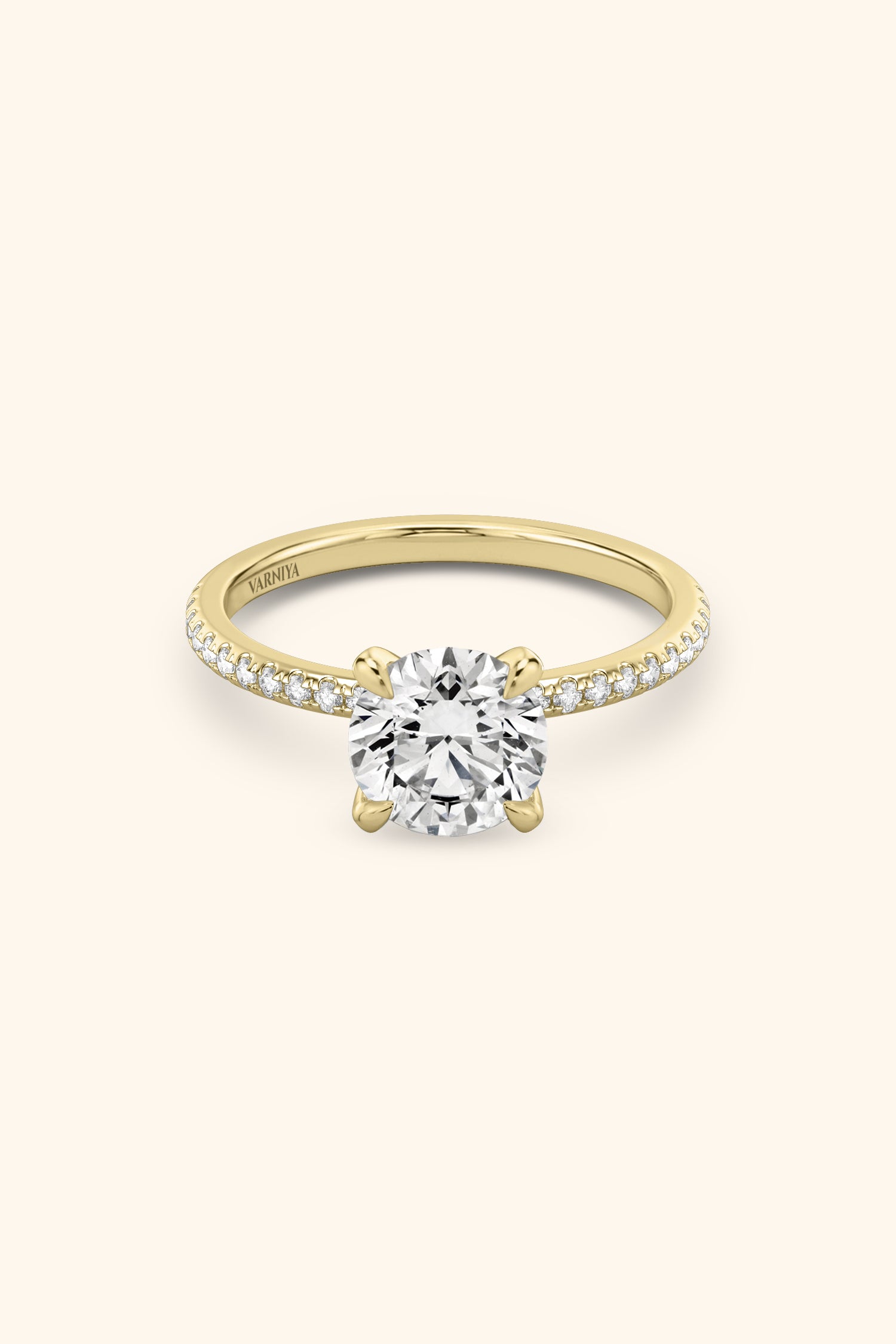
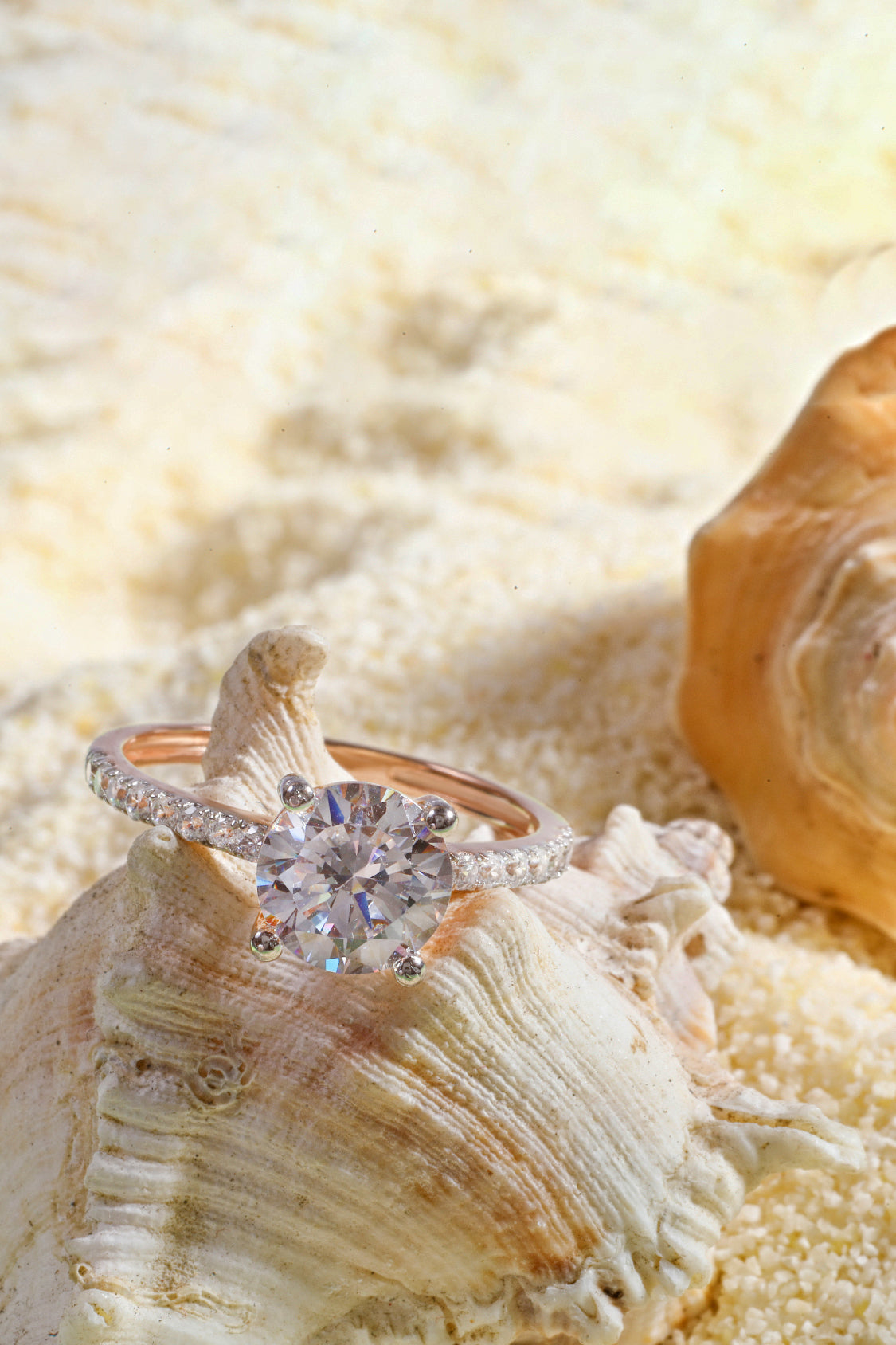
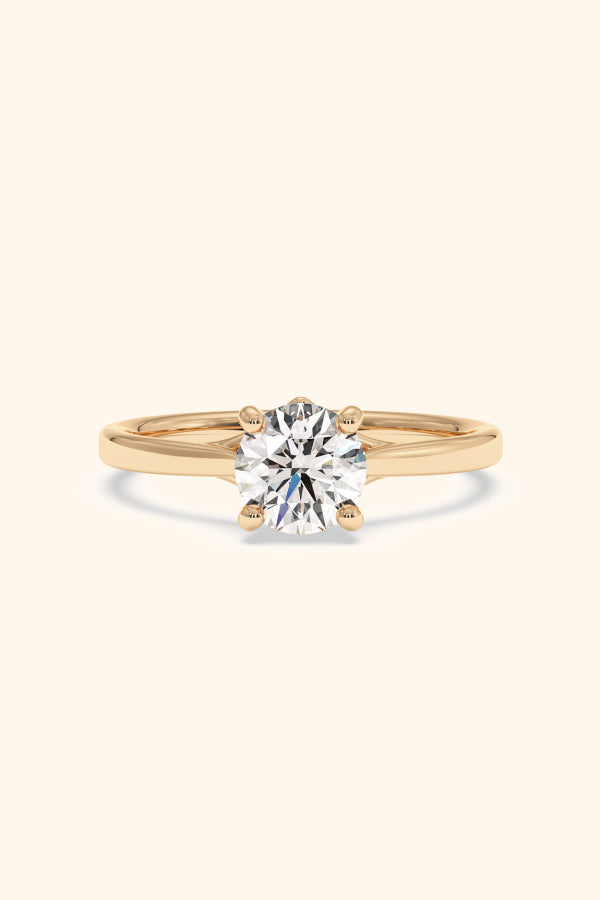
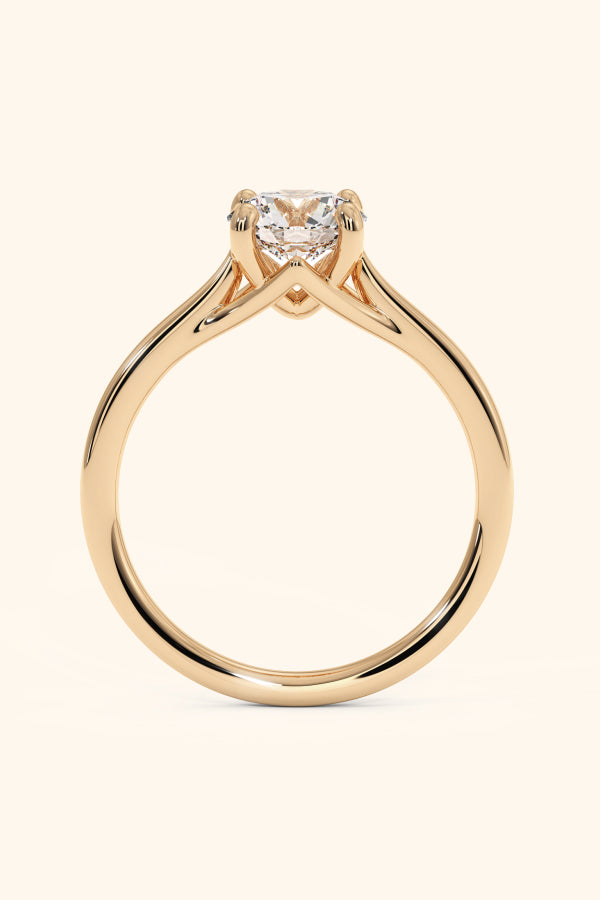
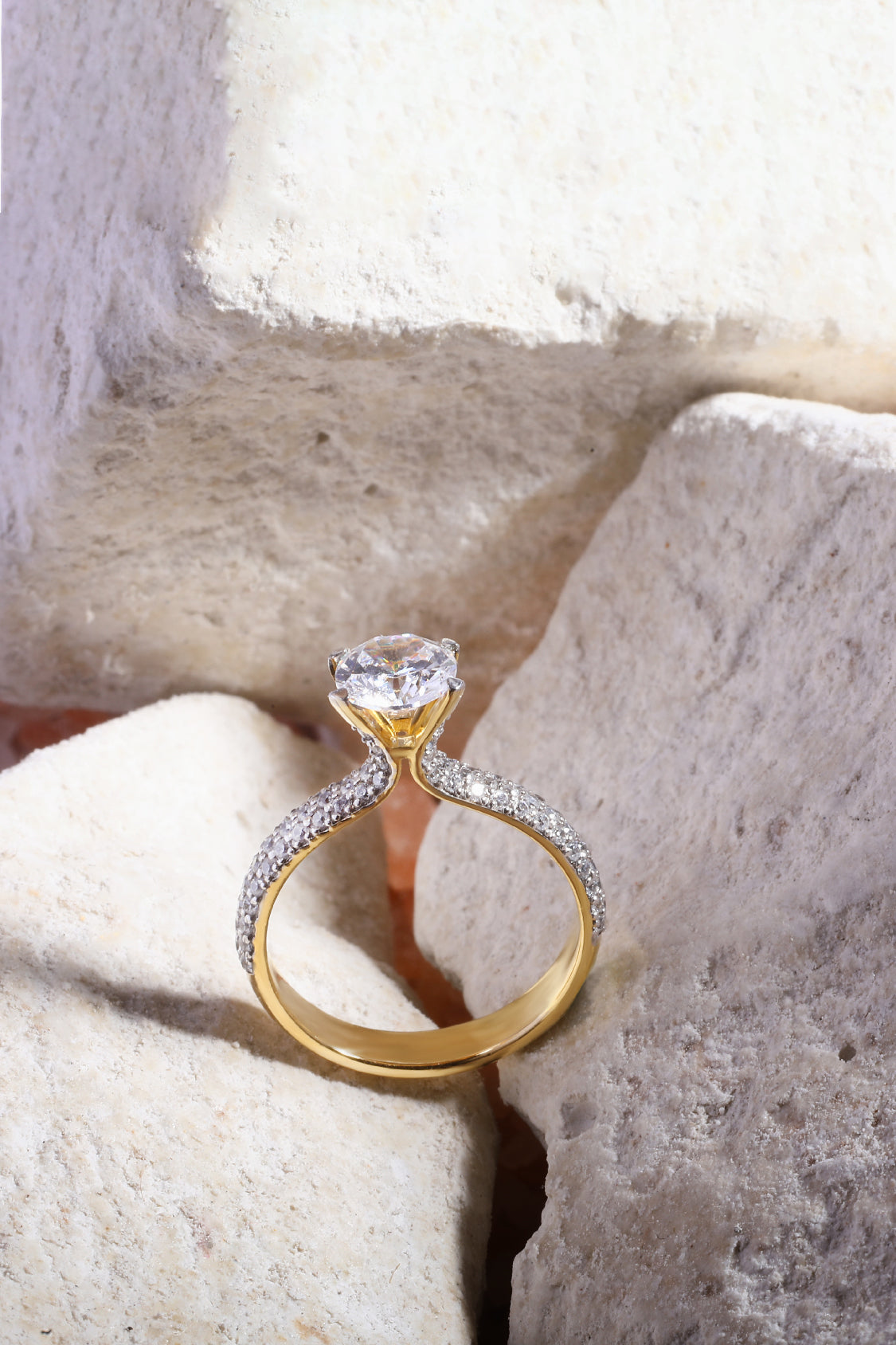

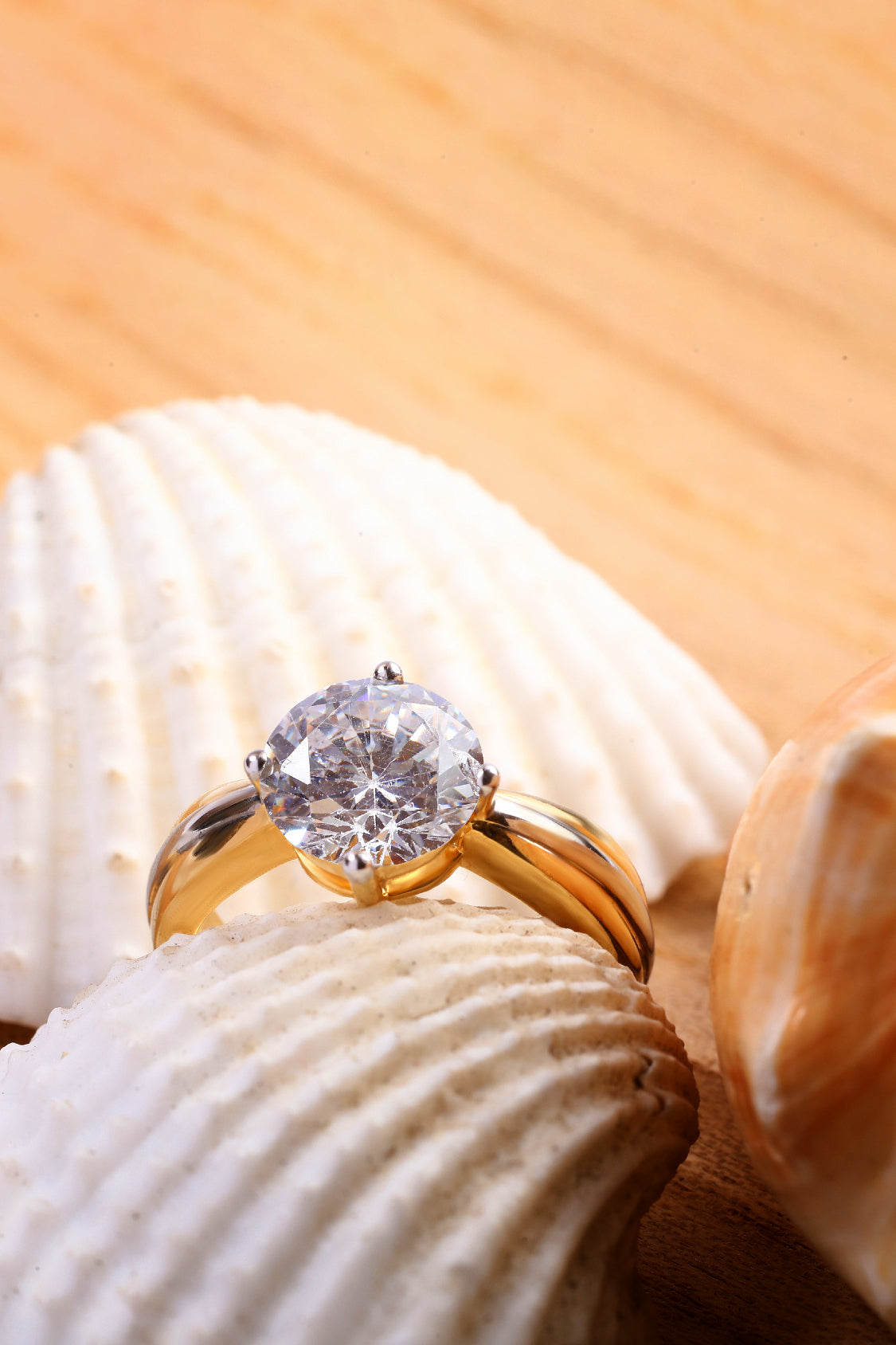
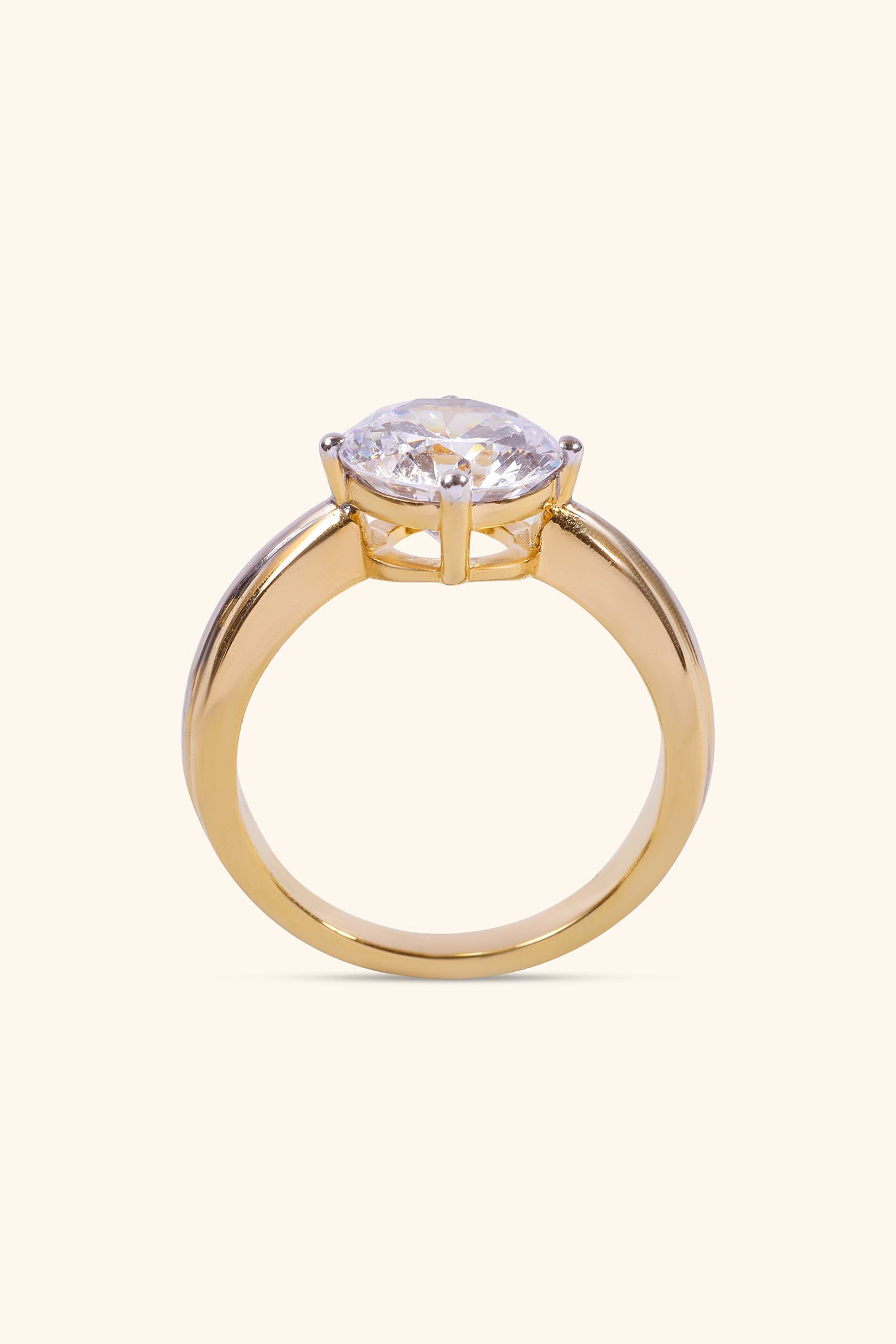
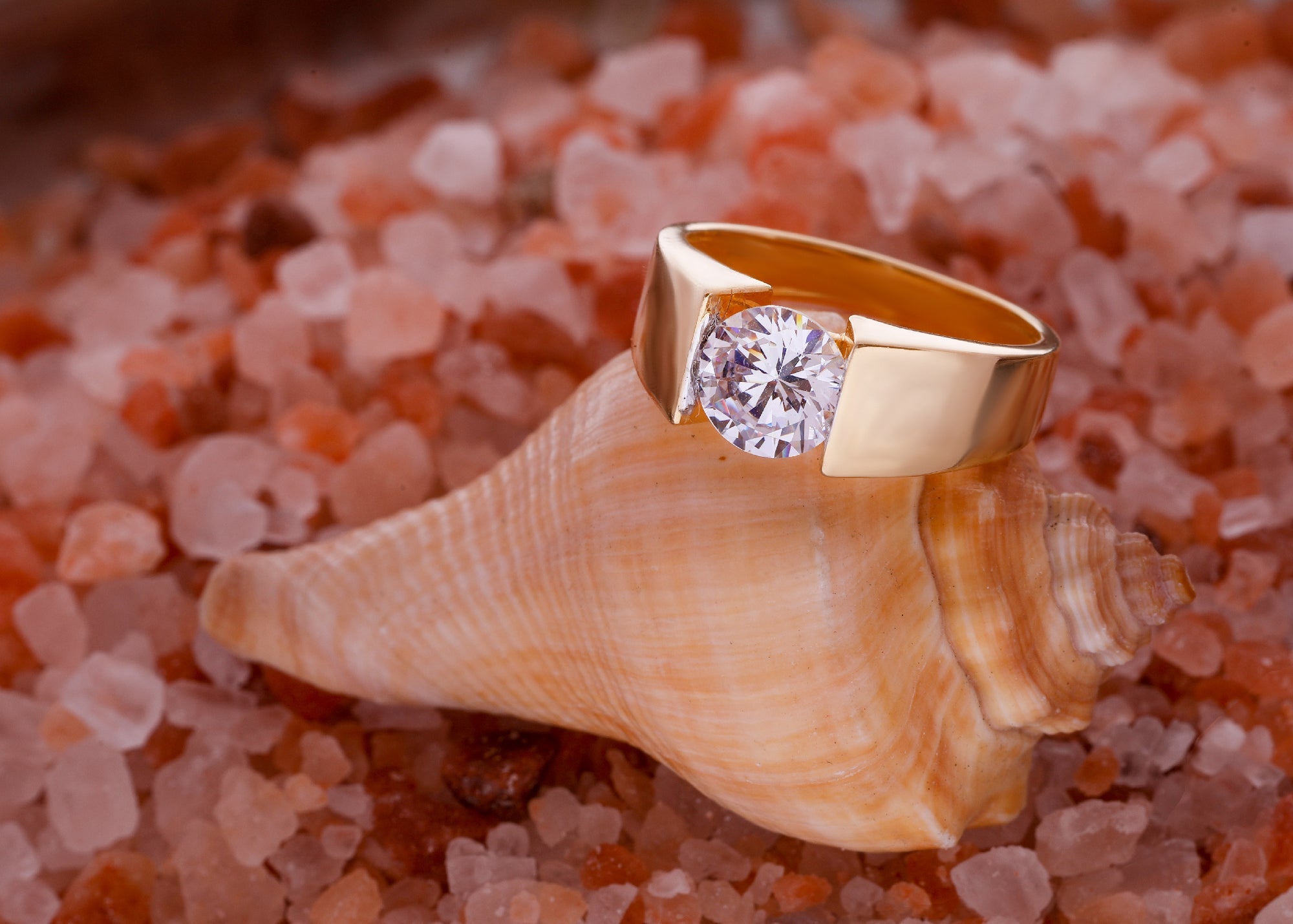
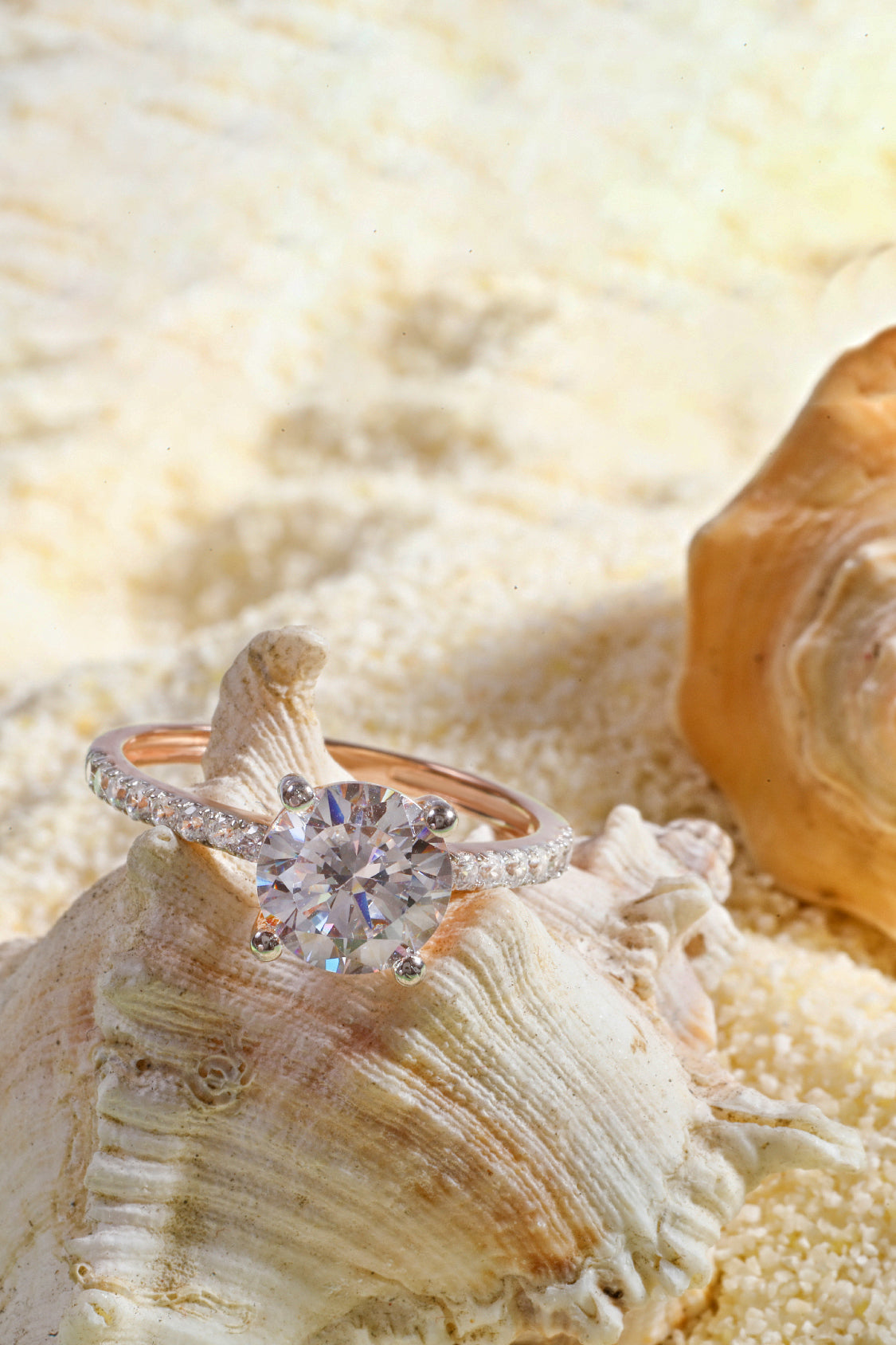
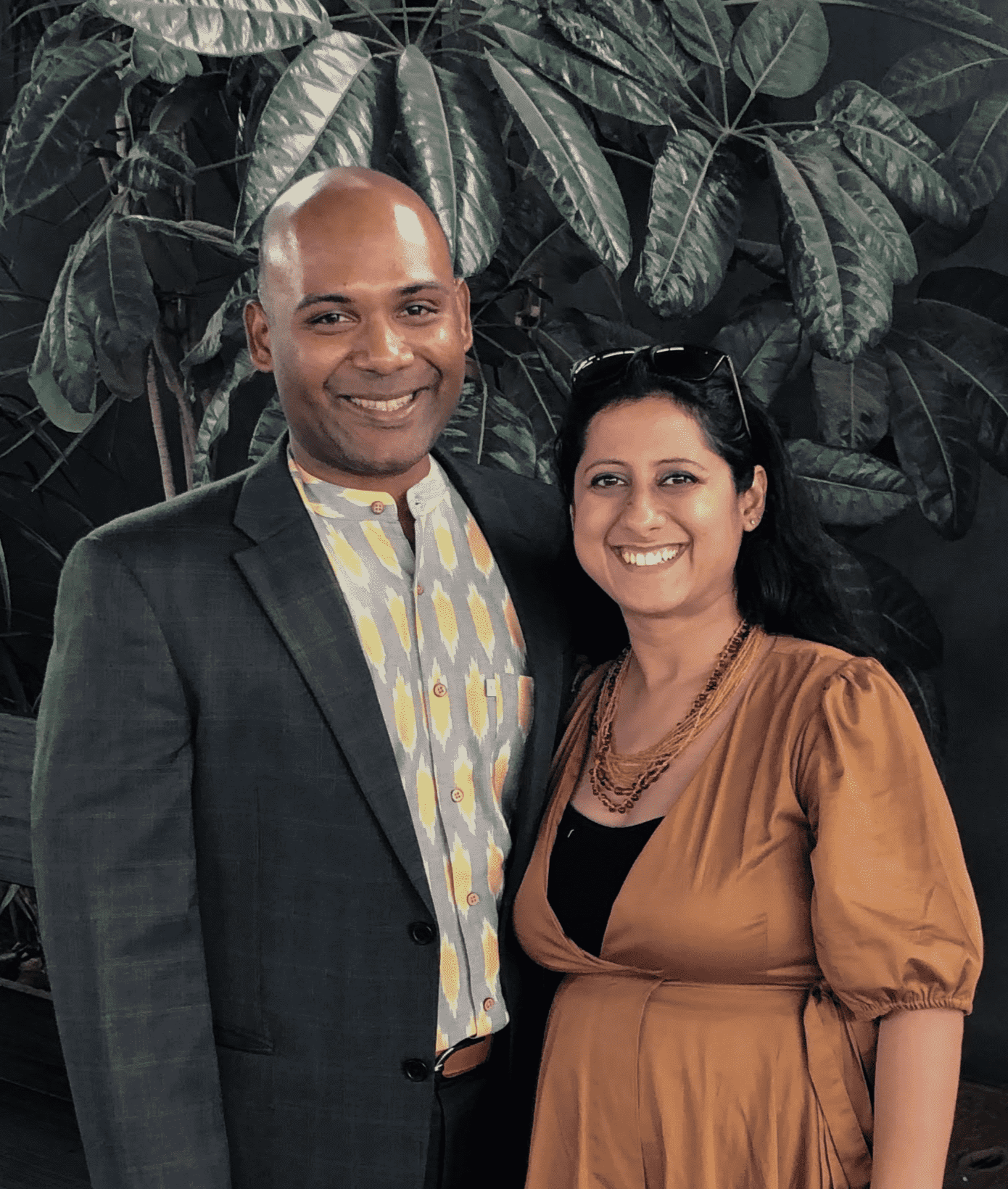
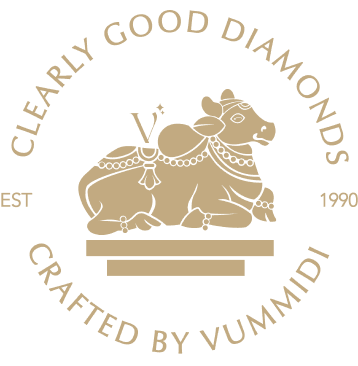
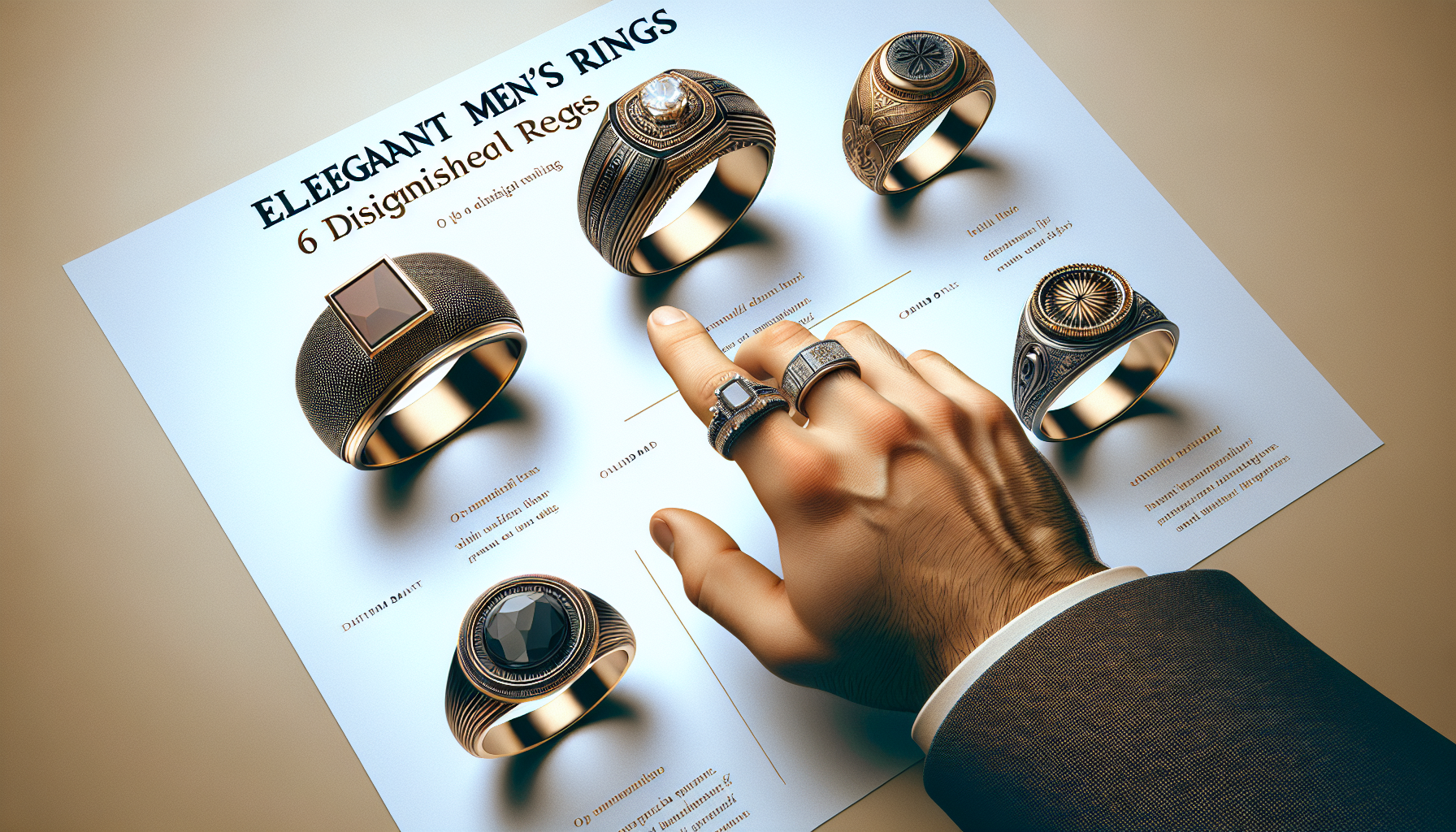
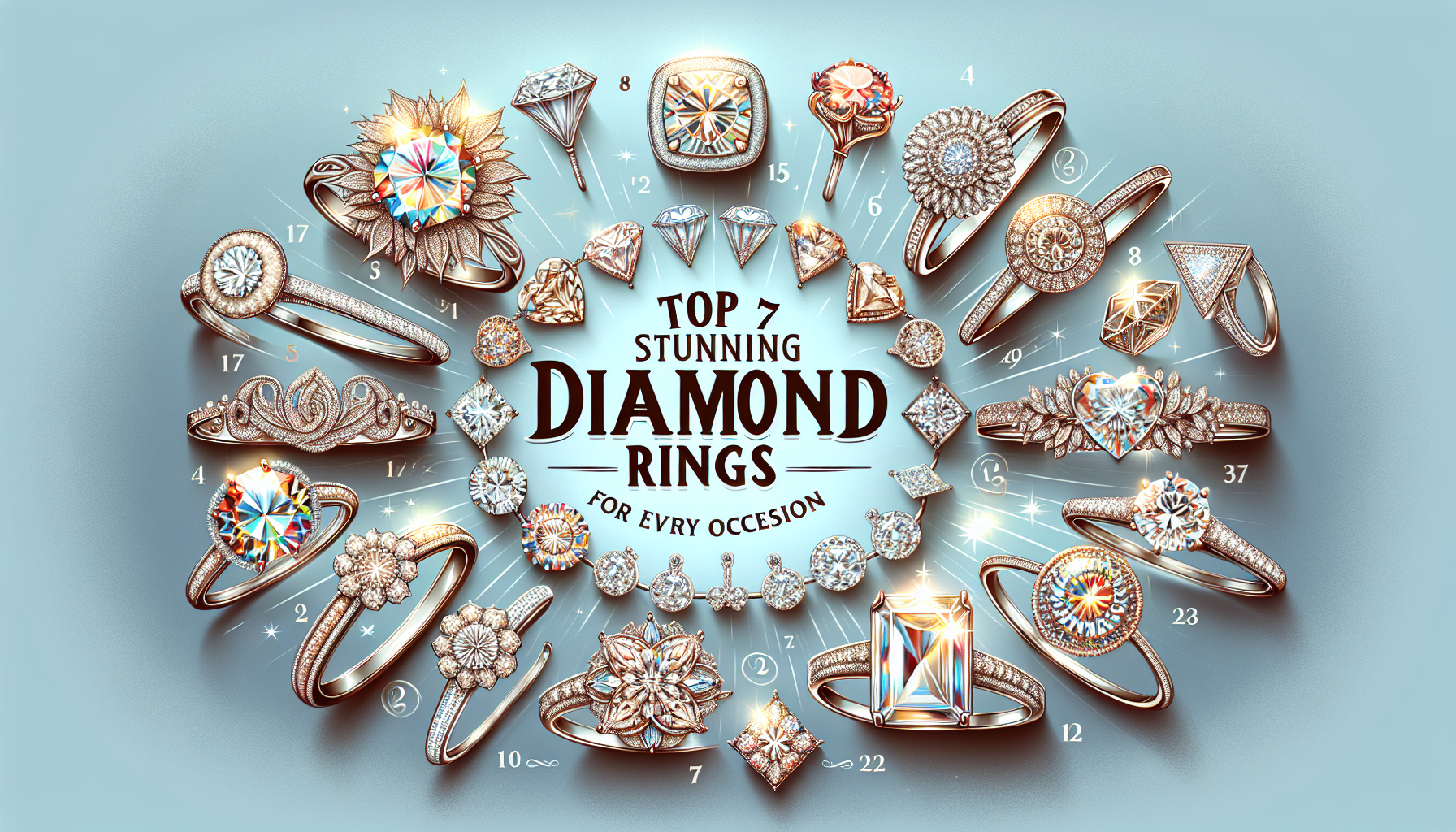

Leave a comment
This site is protected by hCaptcha and the hCaptcha Privacy Policy and Terms of Service apply.